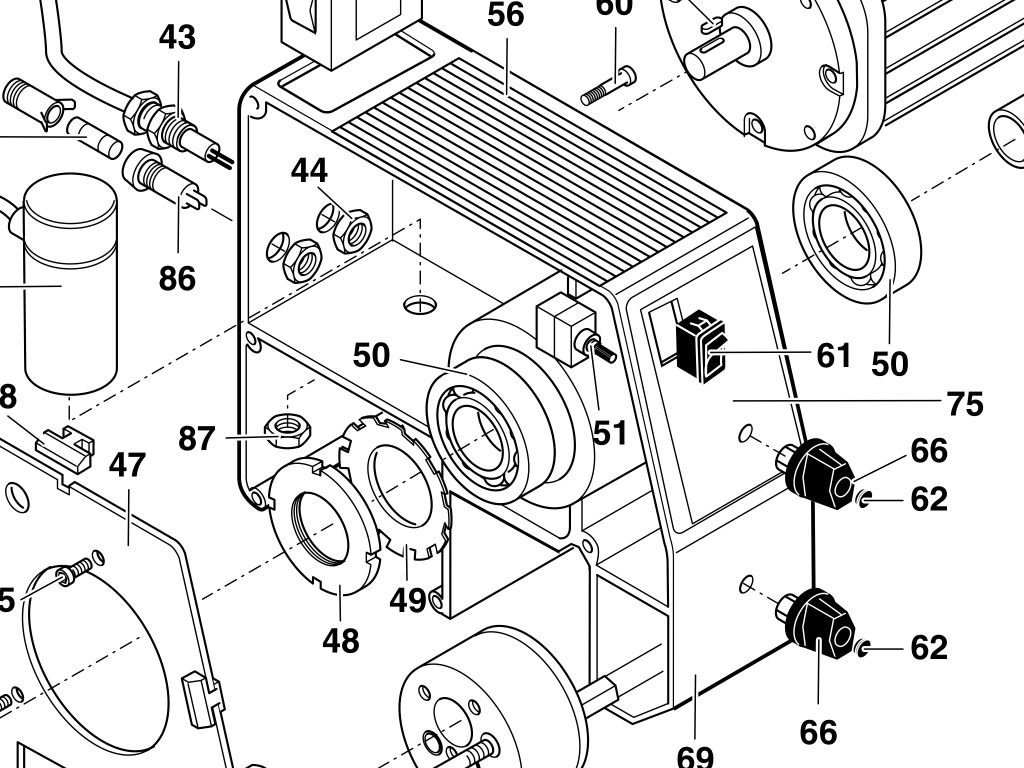As mgnbuk asked does tje taper appear when you turn the outside diameter ? If it does is the taper the same as the internal one ? Is the cutting tool sharp and how much overhang do you have ? I have seen a scenario where the boring bar was sticking out a long way from the toolpost and all that extra leverage caused the tool post to walk around . Are you boring using the saddle movement or a compound slide ? What sort of stick out do you have from the chuck , ie how far does the workpiece stick out from the chuck ? What about the chuck jaws are they in good cond or maybe bellmouthed ? What is the machine mounted on ? Steel ? wood ? or something else? wood can warp over time and put a twist in a lightly built machine , you can check this with a spirit level easily enough .
Can you post some photos of your set up ?
0.003 per inch doesn't just appear out of nowhere unless something got bent !
I would re test using nice sharp tooling set up on centre height with very light cuts and do both inside diameter and outside then measure it all , this will minimase tool deflection, machine flex , workpiece flex and tool push off .
Bearing pre load , i just used a peg spanner on the nut and a shifter (adjustable wrench) on one of the chuck jaws and nipped them up – don't need to hang off it like a gorilla though ! I have never had a problem doing it this way on my three lathes that have taper bearings . If the rear bearing inner is tight on the spindle you may have to crank on it a little harder just to make sure it is seated then back it of and nip it up , i'm giving it about 1/16 of a turn on the nut after it contacts the bearing with firm hand pressure ( tighten as much as you can by hand then use the spanner) .
If the bearings show no signs of damage like pitting chipping ,scoring or discolouration they are fine for re use , usually the first signs of bearing play or wear is chattering , if it is not chattering and machining nice and round the bearings are ok .
One last thing check all of the gibs are adjusted correctly so nothing is moving around on you , wouldn't be the first time i have seen a cross slide work itself along because of vibration or a saddle cock itself sideways when machining ! I used to have to operate a severely flogged out lathe ( we are talking bed wear closer to a millimeter than anything else ) and trying to turn anything near parralel was impossible even though the wear was consistent along the bed as the saddle could wander around a lot especially when power feeding .
Edited By XD 351 on 17/05/2018 07:58:57
martin ranson 2.





